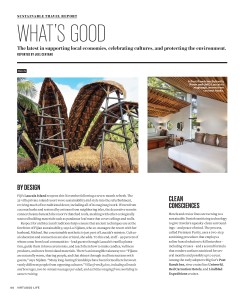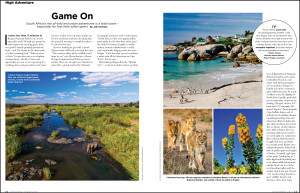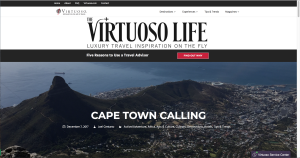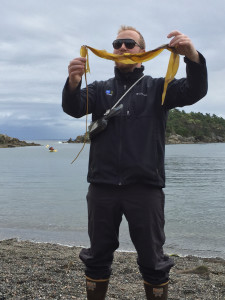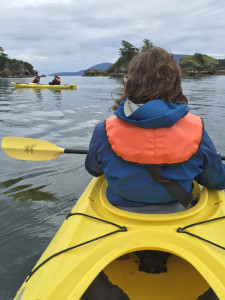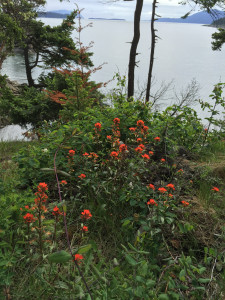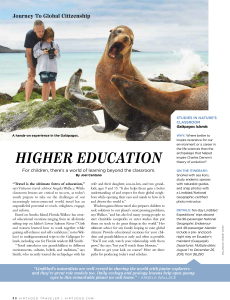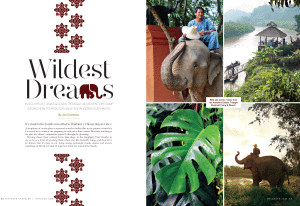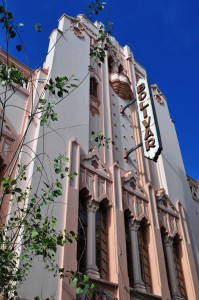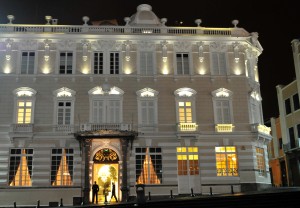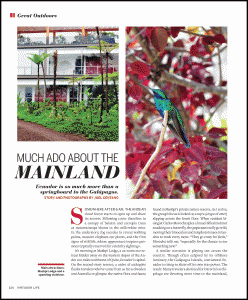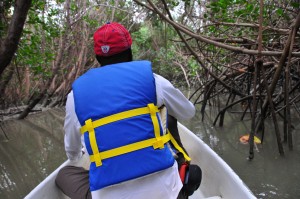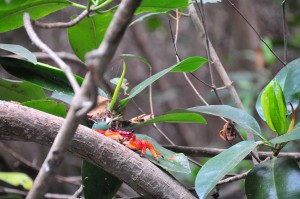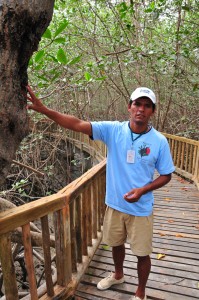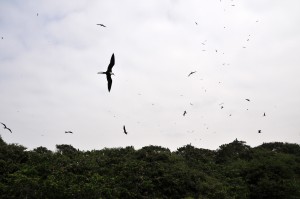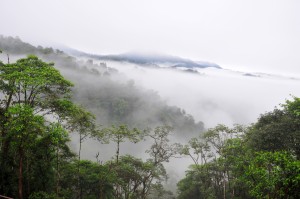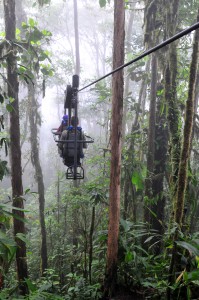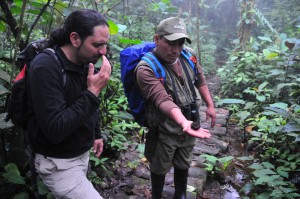Wow, what a spell. So much has happened in the past year (can I use this as an excuse for not updating this blog in so long?!). So many world events intersecting with our own. Change can be good, though, and after the pandemic helped usher out my 15-year full-time stint at Virtuoso in June 2020, I’m happy to report that I’m still covering sustainable travel for its flagship magazine, Virtuoso Life. The best part: Keeping in touch and conversing with some of the industry’s most forward-thinking leaders in sustainability, each of them working hard to change the world for good. Here, a few of my favorite conversations from the past six months.
Forward Thinking
Nine industry leaders on the benefits of responsible travel – and their hopes for the future.
Highlight: “If we can maintain the need to travel with purpose and remain humble in seeing travel as a privilege, a bright future will be waiting.”
– Ashish Sanghrajka, president, Big Five Tours & Expeditions
By Design
Sustainability and style mix beautifully in Fiji.
Highlight: “Respect for architectural traditions helps ensure that ancient techniques are at the forefront of sustainability in Fiji.”
– Lu Nijdam, general manager, Laucala Island
Hope Takes Wing
Discussing Mexico’s annual monarch butterfly migration with Court Whelan, director of sustainability for Natural Habitat Adventures.
Highlight: “Butterfly tourism is important because families have steadily encroached onto monarch habitat out of necessity, having to create new farmland for additional food and income. Without ecotourism, I fear these forests would be lost, and with them, the migration.”
Sustainable Travel Spotlight
My deep dive with Maya Santangelo, a marine biologist and undersea specialist with Lindblad Expeditions – and a passionate spokeswoman for all things saltwater.
Highlight: “When we have the ability and privilege to make positive choices, what reason do we have to choose otherwise?”

